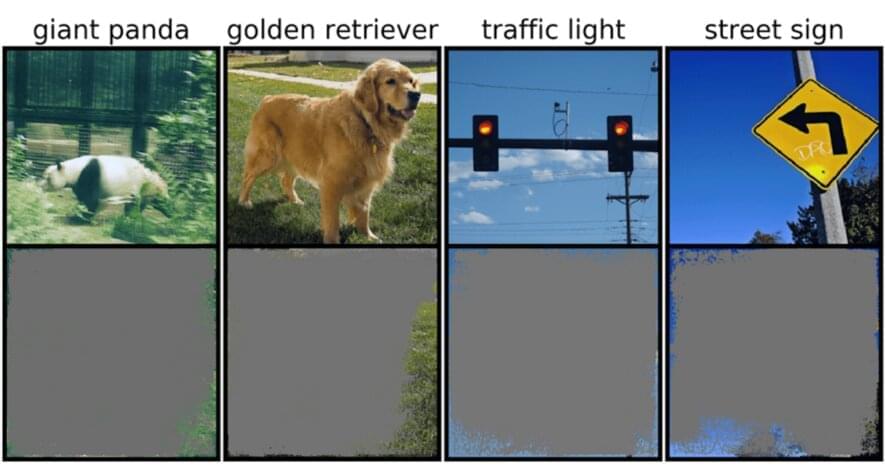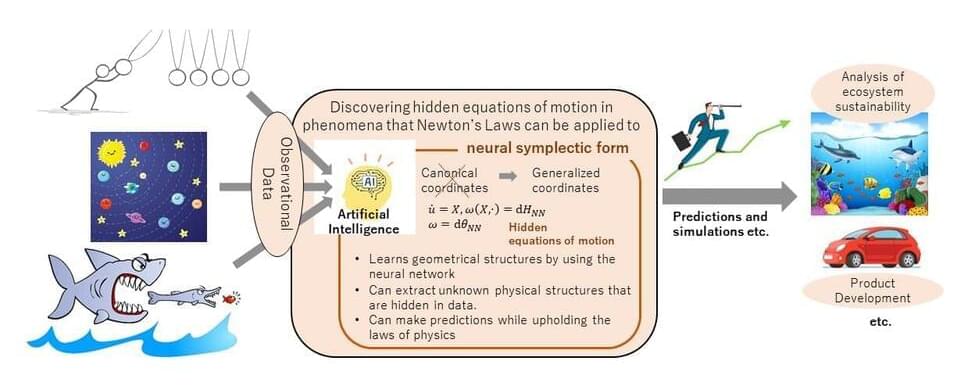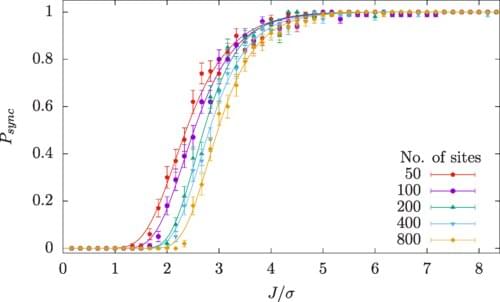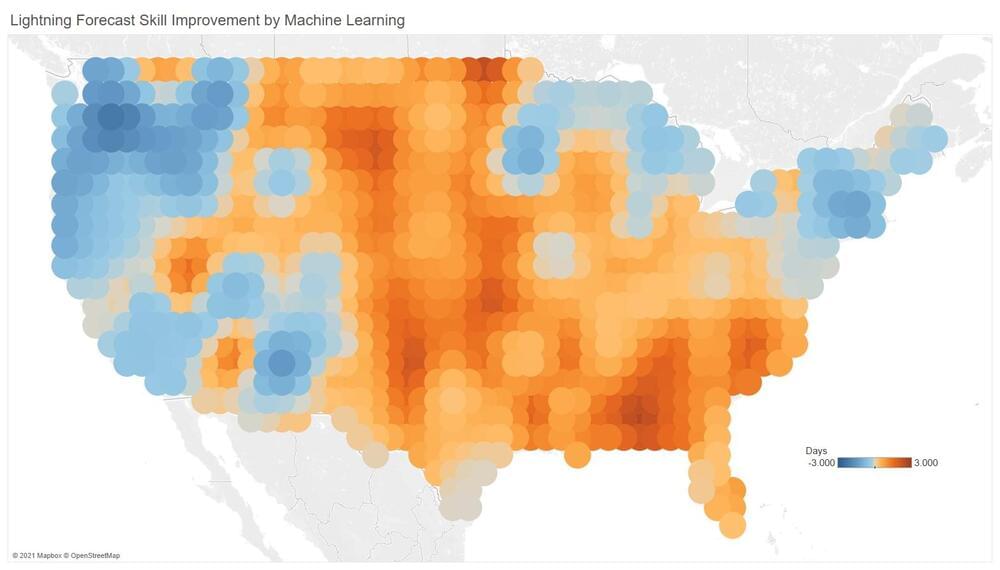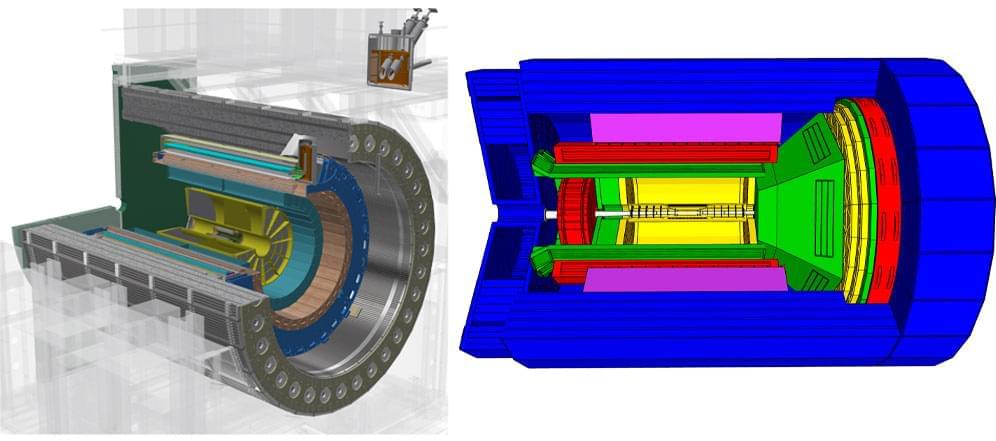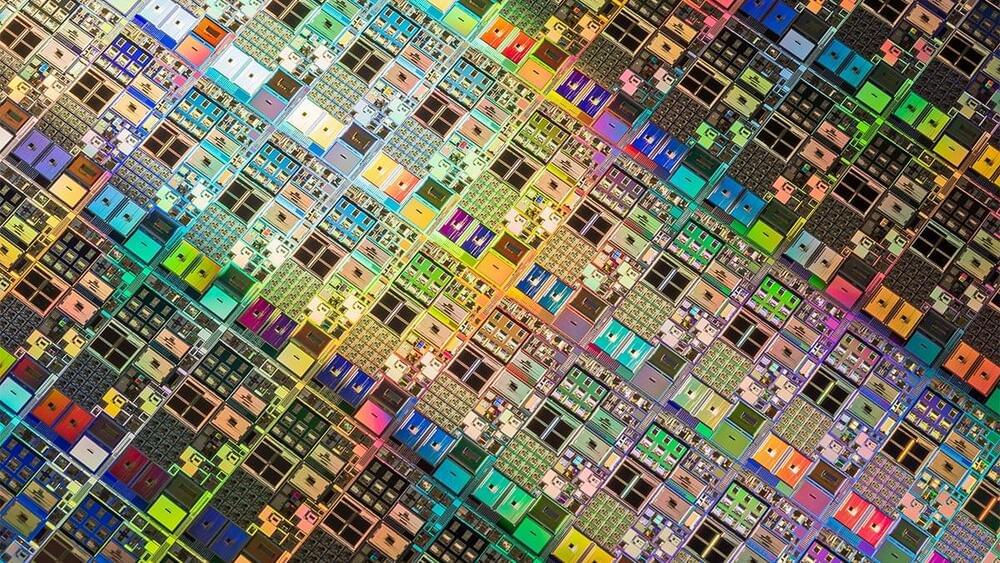Dec 18, 2021
Optical Chip Promises 350x Speedup Over RTX 3080 in Some Algorithms
Posted by Omuterema Akhahenda in categories: finance, information science, robotics/AI, space
Lightelligence, a Boston-based photonics company, revealed the world’s first small form-factor, photonics-based computing device, meaning it uses light to perform compute operations. The company claims the unit is “hundreds of times faster than a typical computing unit, such as NVIDIA RTX 3080.” 350 times faster, to be exact, but that only applies to certain types of applications.
However, the PACE achieves that coveted specialization through an added field of computing — which not only makes the system faster, it makes it incredibly more efficient. While traditional semiconductor systems have the issue of excess heat that results from running current through nanometre-level features at sometimes ludicrous frequencies, the photonic system processes its workloads with zero Ohmic heating — there’s no heat produced from current resistance. Instead, it’s all about light.
Continue reading “Optical Chip Promises 350x Speedup Over RTX 3080 in Some Algorithms” »



